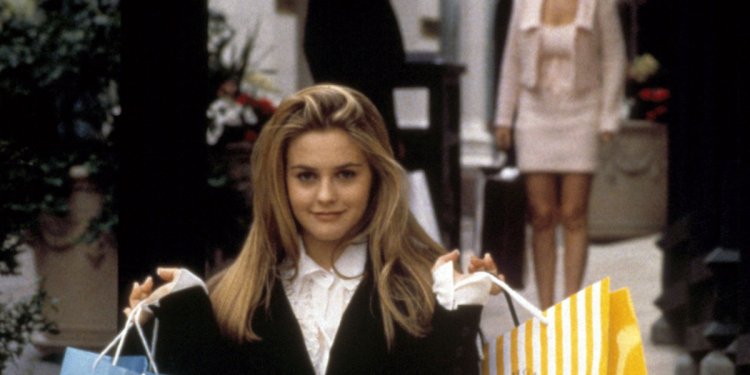
History of Shopping bags
 Photo: Paramount/Courtesy Everett range
Photo: Paramount/Courtesy Everett range
In Pretty girl, the defining gesture of Julia Roberts’s character’s newfound confidence is marching into a boutique that formerly declined to provide the lady and hoisting shopping bags off their shops. It’s not just peacocking, however it’s a proud display of her purchasing energy.
The shopping case isn’t only utilitarian, it's symbolic of taste, preferences, and pursuits. In his guide Living It Up, writer James Twitchell compares folks keeping shopping bags to “the powder from the heinies of migrating bees because they relocated from hive to hive.” It’s a souvenir of in which you went and a glossy declaration of conspicuous consumption.
Because of the growth of online shopping and bring-your-own-bag-you-gross-consumer attitudes, may be the shopping bag with its drop? Maybe so. For the time being, why don't we look back and appreciate its record.
Early Many Years
When you look at the age road vendors and sprawling town areas, consumers carried expenditures in their own baskets and bowls. It absolutely wasn’t before very early 1800s, writes Pamela Klaffke in Spree: A Cultural reputation for Buying, that stores started to provide packaging on their own. The size creation of report had cheapened the cost of wrapping, and stores would make use of string to produce makeshift handles.
Stores in addition done their very own deliveries. At change associated with nineteenth century, stores supplied free distribution as part of an advertising tool. By the 1910s, gas-fueled vehicles began to replace horse-drawn buggies. Shops shortly started initially to paint their particular trademark colors and logos regarding vehicles, writes Jan Whitaker in Service and Style, as a prototype towards the mobile marketing of shopping bags. As individuals began to more and more obtain their particular cars, they needed carts and shopping bags.
 The shopping bag even as we understand it developed piecemeal. In 1852, a schoolteacher called Francis Wolle invented the report bag, that has been originally envelope-shaped and ridiculously flimsy; nineteen years later, a cotton-mill worker known as Margaret Knight created a device might effortlessly create these bags. She became embroiled in a patent suit after somebody (a person) took her concept, but she surfaced victorious, established the Eastern Paper Bag Company, and obtained royalties for years. About a decade later, Charles Stilwell patented a device that provided the case pleated sides — he called it the SOS for “self-opening sack.”
The shopping bag even as we understand it developed piecemeal. In 1852, a schoolteacher called Francis Wolle invented the report bag, that has been originally envelope-shaped and ridiculously flimsy; nineteen years later, a cotton-mill worker known as Margaret Knight created a device might effortlessly create these bags. She became embroiled in a patent suit after somebody (a person) took her concept, but she surfaced victorious, established the Eastern Paper Bag Company, and obtained royalties for years. About a decade later, Charles Stilwell patented a device that provided the case pleated sides — he called it the SOS for “self-opening sack.”
The correct shopping bag with handles emerged into the following century. In 1912, St. Paul grocer Walter Deubner pointed out that his clients were limited by what they could carry. To cause them to become get more, he developed prefabricated, affordable packaging might last to 75 weight of groceries — a paper case with a cord through it for energy. He labeled as it the “Deubner Shopping Bag.” He marketed it for five dollars. (Adjusted for rising prices, the bag would today price about $1.12 per bag.) In 1915, he patented their creation and offered over a million shopping bags a-year. It had beenn’t until 1949, as soon as the Interstate Bag Company made a device that effortlessly connected handles towards the bags, that retailers could truly afford to present them.
The Present Day Bag
Around that point, store management teams started to realize that they are able to use their shopping bags to market their shops. By the belated fifties, shops particularly began to emblazon their bags with logos and signatures. Bloomingdale's specifically led just how for identifiable carriers: They debuted their Big Brown Bag in 1973.
See also:
- How much impact new countertops.
















